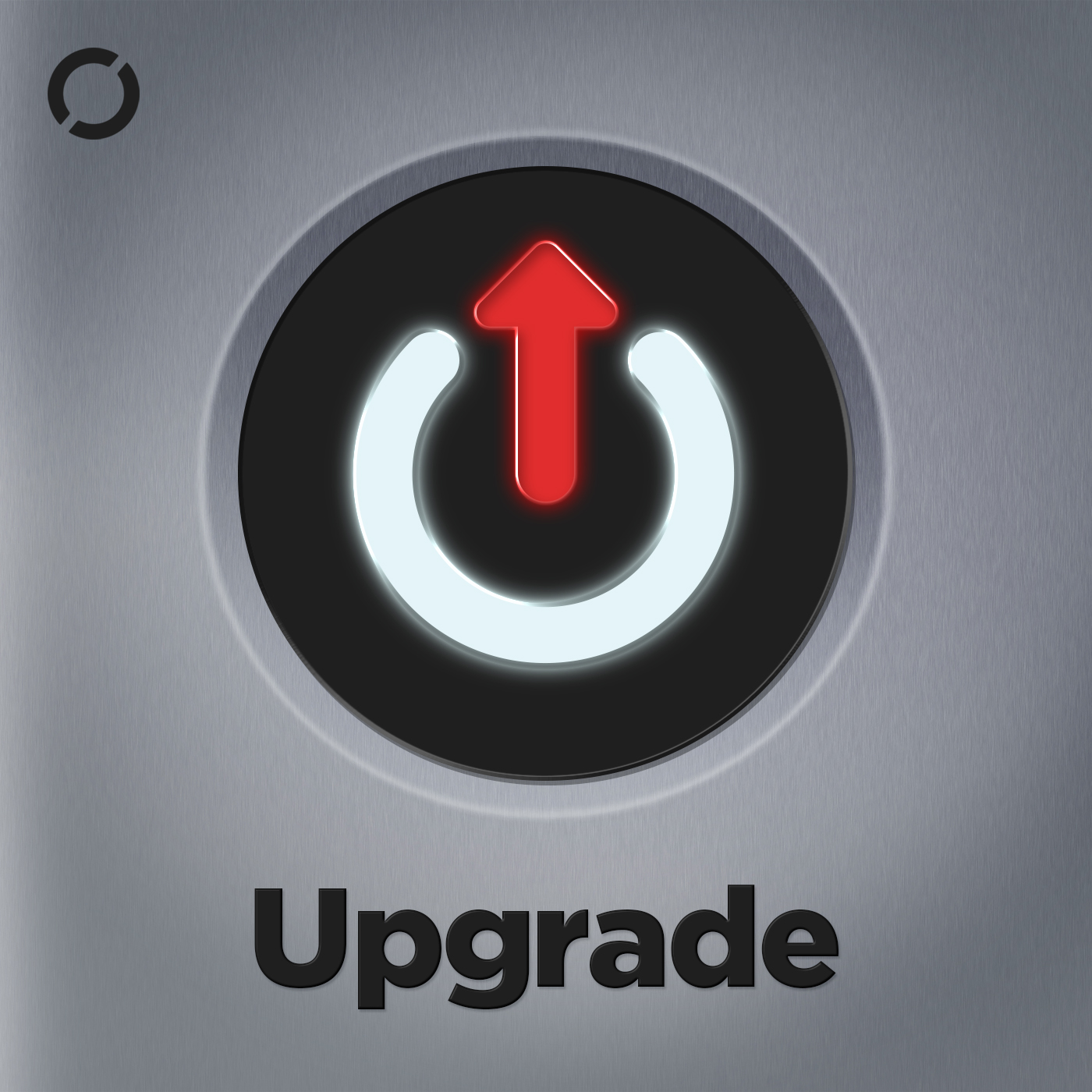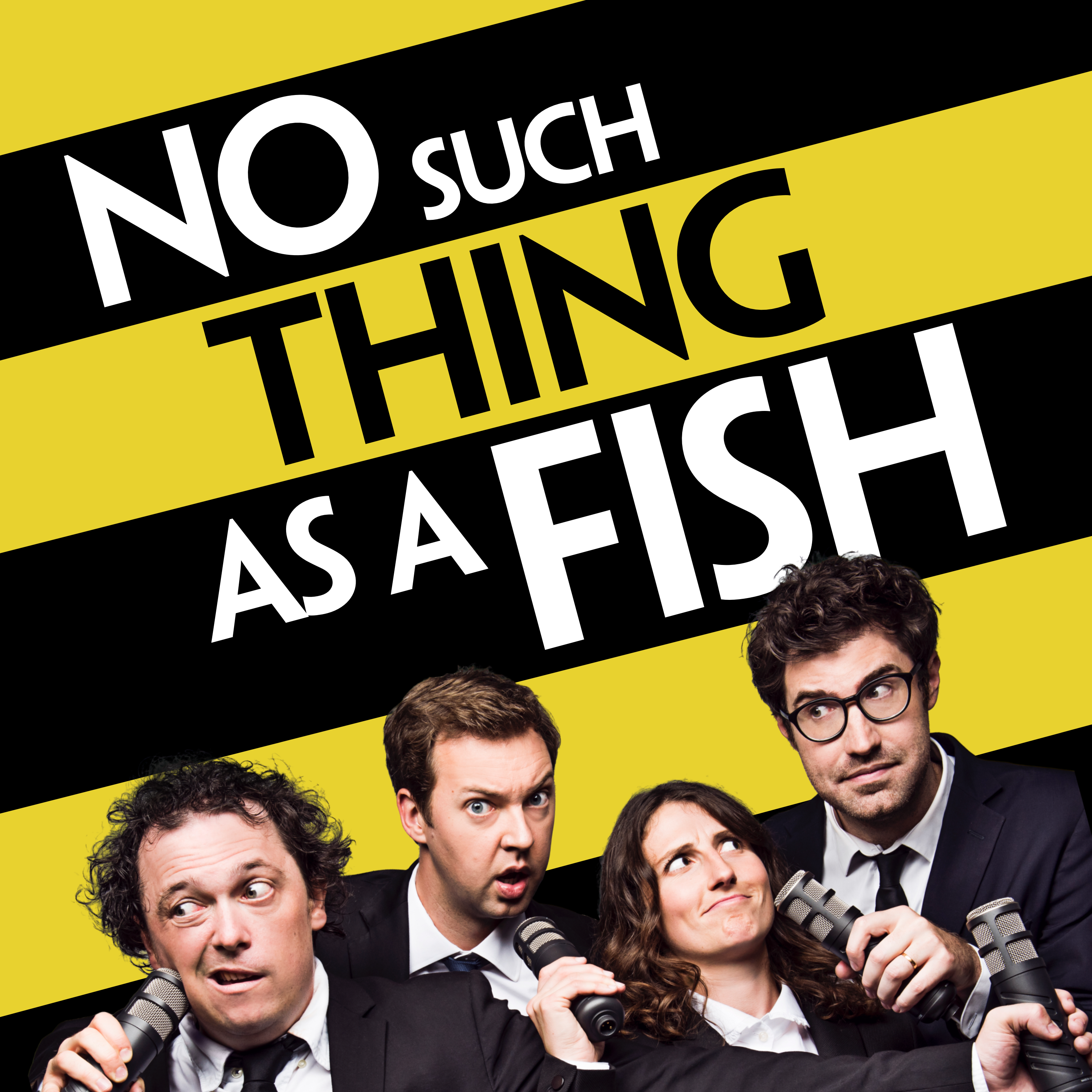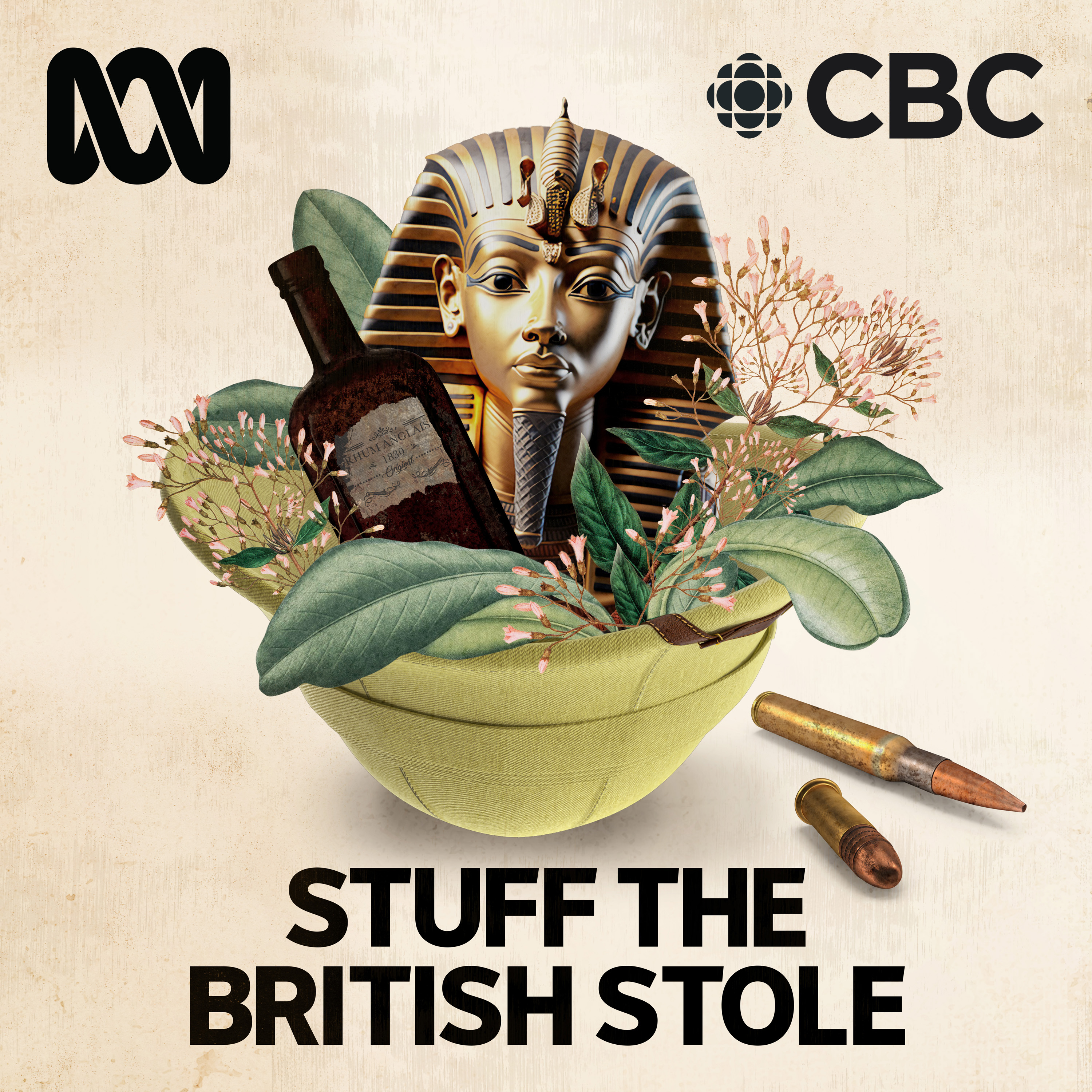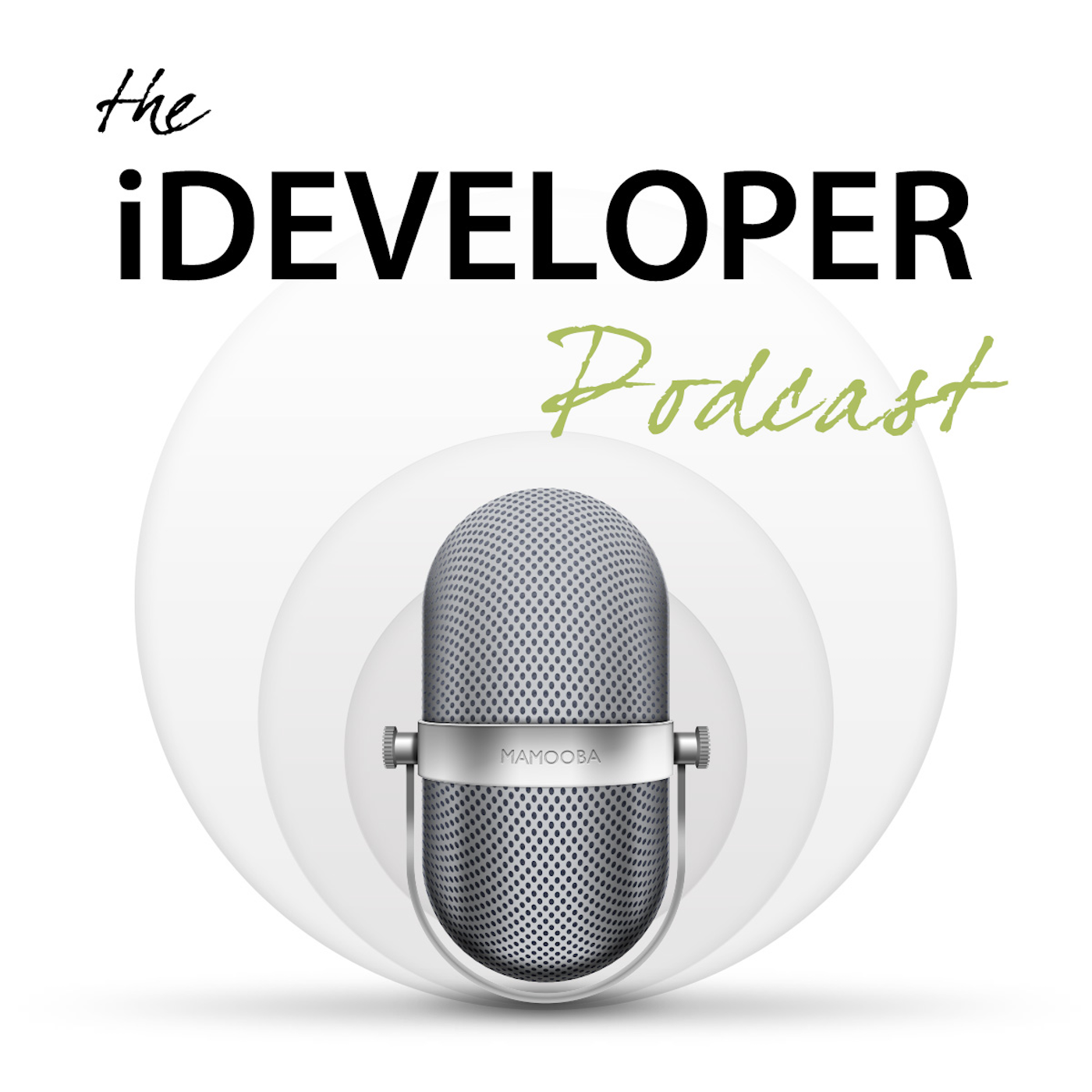
Piano, finally
Piano Finally is a podcast by an old bloke who is learning the piano, finally. I cover the process of learning the piano and music theory as an adult learner. I also review piano books, hardware and other materials from an adult learner's perspective.
Piano, finally
Episode 53 - A Community
Episode 53 – A Community
G’day and welcome to Episode 53 of Piano, finally, the podcast of a bloke getting around to learning the piano… finally.
This week finds me writing from the foyer of the Joan Sutherland Performing Arts Centre in Penrith, not the Opera House this time. I was waiting for Shake & Stir’s touring production of 1984, and I have to say, it was an impressive adaptation—just five actors and some clever use of video screens. Highly recommended if it’s heading your way:
👉 Tour info
👉 The Joan
🎹 YouTube Recommendation: My Keys To Music
If Nord keyboards are your thing—or you want them to be—Marc Larochelle’s channel My Keys To Music is a goldmine. Whether he’s breaking down sound design, comparing Nord models, or just playing the Doctor Who theme from an overhead angle, it’s all very watchable and informative. He even explores AI tools for separating tracks into stems—something I plan to try during the holidays.
Courses, deeper dives, and downloadable patches are all on his website, and there’s bonus material via his Patreon. Just don’t sign up via the iOS app—Apple takes a cut. Use the web version instead.
🎥 My Keys To Music on YouTube
🎶 Essay: A Community
My performance of Someone Like You isn’t happening after all, but another chance looms—a recital at the end of Term 3. I’m undecided. Is performing worthwhile? Definitely. Music communicates, and someone needs to do the performing. Whether you’re a pro with the Sydney Symphony or a volunteer in a Christmas variety show, performance builds community between players and listeners. Maybe that’s reason enough.
🎛️ Gear Talk: Nord Stage 4 – Overview
I’ve finally got my hands on the Nord Stage 4 (88-key version), and this review will be spread over a few episodes. This keyboard is a beast—three instrument sections (organ, piano, synth), full effects, layering, aftertouch, triple sensors, 512-program capacity, and serious versatility. It’s 130cm long and nearly 20kg, so more “transportable” than portable, but you’d only need this one keyboard for most gigs.
🛒 Nord Stage 4 official page
🛍️ Turramurra Music – AU retailer
🛒 Sweetwater – US retailer
🎭 Coming Up: The Creative and Performing Arts Showcase is on Wednesday, and I’m looking forward to being impressed by our young artists.
🎵 Progress update: Still aiming for September recital readiness. Current contenders include:
- Fritz Spinder – Canon
- Daniel Gottlob Türk – Bagatelle
- Andrew Cragg – Afternoon Snooze, Blackout Blues
These were recorded using the Kawai NV10 and Pianoteq 8 with the New York Steinway D model.
Until next time—may your piano stay in tune and yo
You can contact me:
- via email at david@pianofinally.show; this is probably the best option
- the show website, www.pianofinally.show
- Instagram and Threads @pianofinally
- and on YouTube
- all the podcast directories - list
- here's the RSS feed
Some of the links to books and other items mentioned in the podcast may affiliate links for Amazon or other providers. If you use one of these links, a commission may be paid to me at no additional cost to you. Thank you if you use a link.
All reviews of products, websites and services are unpaid, and no sponsorship has been received for any content on this podcast.
Episode 53 – A Community
G’day, everyone. I’m David Reidy; welcome to Piano, finally, a podcast by an old bloke who is getting around to learning the piano, finally.
[Crab Canon]
Welcome
Welcome to show fifty-three. Thank you very much for listening. If this is the first time you’re hearing the podcast, I hope you enjoy what’s in the show. If you’re back for another episode, then thanks for returning. If you, too, are learning a musical instrument, let me know how you’re going with it. You can contact me at david@pianofinally.show.
I wrote some of this week’s show in yet another foyer, not the Opera House this time, but the foyer of the Joan Sutherland Performing Arts Centre in Penrith. I was waiting to go in for a performance of George Orwell’s 1984 by the Shake and Stir Theatre Company. The adaptation was very well done. With a cast of just five actors and the use of video screens, they captured the essence of the book and handled Winston’s writings in an imaginative manner. There were only two performances in Penrith, but the production is on tour around most of Australia for the rest of the year. If you can get to it, I’d thoroughly recommend it. There’s a link in the show notes to their schedule.
I did get a bit more time in on the school’s grand piano on Friday as I didn’t go home between work and going to 1984. I was paying more attention today and noticed that it has a very shallow key travel compared with every other acoustic piano I have played. I found myself playing much louder than I usually do.
I had my last piano lesson for the term this week. Devi is off overseas so no formal lessons until next term. I’ve gone through some things with her to work on over the next five weeks, mostly the E,I & I packages from Bill Hilton that I mentioned a few shows ago. And I have the current Grade One pieces to work on.
https://www.thejoan.com.au/events/1984/
https://shakeandstir.com.au/mainstage/1984#touring-dates
[Crab Canon]
Podcast – My Keys To Music
The My Keys to Music YouTube channel is run by Marc Larochelle, a semi-professional rock band keyboard player. For his fulltime job Marc is a software developer specialising in FileMaker. Musically, Marc specialises in Nord keyboards, so it was a fairly easy choice to look more into his videos.
The videos on My Keys To Music aren’t just about Nord keyboards, though; they cover other topics of interest to keyboard players. Most recently, Marc has looked at some of the latest AI tools and how they might be of use to musicians, not in creating music, but in using their power to separate tracks into stems. This would mean, for example, that you could remove the piano part from a track and then play along with the rest of the music and vocals. I’m going to try that during the upcoming holidays.
But, to be honest, the heart of the channel is the Nord keyboards. Marc owns a selection of both current and past keyboards and uses them for a number of different purposes. There are videos where he just plays something on the keyboards, for example, the Doctor Who theme. The video is shot from overhead, so you can follow the notes and fingering used. In this one, Marc doesn’t talk about the settings on the keyboard, but there are plenty of other videos where he shows how to design sounds on the different keyboards.
In those discovery videos, Marc will give examples of a sound type from a music video and then go through the concepts needed to reproduce it on whichever Nord keyboard he has chosen. One of the nice things about the Nord keyboards, especially the current generation, is that they have similar capabilities across the range, so a tutorial given on one can be followed on another if it has the same type of sound engine.
The YouTube channel also has comparison videos looking at how features compare between the different keyboards. This can save you money. Nord keyboards are expensive and it may be that you don’t need all the features on a particular instrument, so a different model may suit your needs at a lower price. Marc’s comparisons might help you decide.
You know me, I like to learn new things, so it is the instructional videos on My Keys To Music that keep me coming back. There is a huge amount to learn with these instruments and Marc’s videos will take just one aspect of using the keyboard and explain and demonstrate that aspect. They are generally short and to the point and a great way to look at a part of the keyboard you may have skipped over, or not even known was there.
To back this up, Marc has full paid-for courses for the Nord Stage 4 and some other Nord instruments which look in great depth at how to use the keyboard. I am working through the Stage 4 course, and I think I will be coming back to it again and again. The courses are available from the My Keys To Music website; there’s a link in the show notes.
Finally, Marc has a Patreon where he provides more in-depth tutorials and even includes downloadable files for some of the more elaborate setups. I have downloaded one set of files and have added a new number to my current practice, no, not more Jump. I’ll add it to the progress section once it is reasonable. Remember, if you are joining anyone’s Patreon, don’t use the iOS app to sign up as Apple takes a cut of every subscription, use the website to join and then you can use the app and Apple doesn’t get anything – I mostly like Apple, but not this aspect of their business practices. I don’t know if Google does the same via Android, so use the web there too, just to be sure.
If you’re ready to go down the synth rabbit hole, especially the Nord version of the rabbit hole, My Keys To Music is a great resource, with lots of fascinating content. Links in the show notes.
https://www.youtube.com/@MyKeysToMusic
https://www.patreon.com/c/mykeystomusic/posts
[Crab Canon]
Essay – A Community
My first go at a real performance isn’t going to happen. The students who wanted to perform Adele’s Someone Like You never got their act together, and so they missed the auditions for the school talent show, which means I’m off the hook.
Still, there is another performance opportunity approaching, although I haven’t decided whether or not to participate. Devi has a recital at the end of Term 3 for her students. Last year, I had only been with Devi for one term and was nowhere near ready to perform. Now it’s twelve months later, and I have to make a decision about whether I want to be part of it this year. Devi doesn’t have anything in place yet, but she gave me a heads up that it will be at the end of next term, so that puts it in September, which is still a fair way away. So I haven’t come to a conclusion yet. Here’s my thinking.
Is there a value in performing? Yes. Music is about communication, and music that no one hears isn’t doing much of that. So, someone should be performing music. Most people do not have the ability to perform most pieces of music. As I’m writing this, a performance of Beethoven’s Seventh Symphony is playing on Stage+, a piece of music that is impossible to hear without a large number of people performing. With computer assistance, one person could probably assemble a performance of the symphony, but they’d probably be using sampled instruments performed by other people.
Therefore, for an audience to hear music, it requires a performer. For a long time, this meant that the performers had to be in the same place at the same time as the listener. If you wanted to hear Handel’s Messiah, you would need to live somewhere big enough that a performance could be staged, and then hope that whoever ran the venue would schedule it for performance, and take the financial risk of staging it. Now you can get a recording. The organisation needed hasn’t changed, but the financial risk is probably less as there is more scope for people to hear the musicians’ efforts.
This makes me think, who is a performance for? Is it for the audience, or for the performers? Clearly, the performers are needed, but what is their motivation? When I go to see the Sydney Symphony Orchestra, I am seeing musicians who are well-paid, a principal player in the SSO earns around $180k per year, plus 11.5% superannuation contributions and 6 weeks leave. Undoubtedly, some of the orchestra members I see on a Sunday afternoon would rather be elsewhere, but as professionals, they show up. I would hope that they are also there because they love sharing their music.
At the other end of the spectrum, I see people who perform with no thought of reward; they are there just for the joy of entertaining others. When I was young, I was involved backstage with a Christmas musical variety show that was put on by volunteers for the elderly residents of the local nursing homes (this was before they became retirement villages). Many of the acts were excellent, although not my type of music, this was the 1970s, but the music was very much 20s to 40s. The audience enjoyed it, and the performers, most of whom only performed at this type of event, got a lot out of it too. For this to work it there needed to be a community. A community of both performers and listeners, and that’s when music works the best.
So, if I decide to be part of the recital in September, it will be as part of a little community. Devi’s students and their friends, and families communicating with music; the performers passing on the messages from the composers, but adding their own style and adding the underlying message of, “Do you know how much effort I have gone to to make this sound acceptable?”. The listeners communicating that “perfect or not, we appreciate your effort in working on the piece and your courage getting up to perform it”.
Performing for others makes you part of a community; it might be a community that exists for only a couple of hours over a single performance, or it might exist much longer as part of an ongoing group. A community bound by the communication that comes from performing and listening to music, a communication that is mostly free from politics and dissent; a community and communication that rises above so much of what we see around us today.
[Crab Canon]
Review – Nord Stage 4 – Overview
Reviewing my newest keyboard is going to take more than one segment, so I’m going to split it over the next few episodes. This week, I’ll talk about why I chose the Nord Stage 4, and then look at the different sections over the coming weeks.
Clavia Digital Musical Instruments is a company based in Sweden, it makes the Nord brand of instruments. They have been in business since 1983, when they released their first product, a drum pad. Since then, they have moved into keyboards, though they do still make a drum pad. Their products are distinguished by their red colour, and you are sure to have seen many music groups using their instruments. They started using the Nord brand name in 1995.
The Nord Stage range is their stage keyboard offering, and the Stage 4 is the latest iteration. It was released in 2023 and is their most advanced keyboard to date. The keyboard is available in three versions: a compact 73-key version, a larger 73-key version and a full 88-key version. All the versions have exactly the same specifications in terms of sounds, samples and capabilities; it is just the key mechanisms that differ. The 88-key version has a fully weighted hammer action, the larger 73-key version has the same hammer action, while the compact 73 has a waterfall keyboard. All have triple sensors and, apart from feel the all work the same way. I have the 88-key version.
I don’t have experience with many other keyboard actions, but it certainly feels different to the Millennium grand action in my Kawai, and from the actions on the other acoustic pianos I play regularly, Devi’s and the Hyundai at work. It feels a little heavier than the action on my Roland FX-90. The keyboards also have aftertouch, which is used in some of the sounds.
I’d call this a transportable keyboard rather than a portable keyboard. Nord does make keyboards that can be carried in a backpack to gigs, but this really isn’t one of those. It is the usual length for an 88-key keyboard, 130 cm, but it weighs in at 19.6 kg, so it can be lifted by one person, but it’s unwieldy. There is a Nord soft case for it that includes wheels. On the other hand, as it can be used as multiple instruments, this is perhaps easier than having to carry two or three keyboards.
The controls for the keyboard are split into four main sections; there are three instrument sections and then an effects section. The instrument sections are for organs, pianos and synthesisers. You can have two organs, two pianos and three synthesisers, and those synthesisers can be subtractive, FM or sampled. Each instrument can be used solo or can be combined with others in layers. It is this that gives the Stage 4 its versatility.
Each instrument can have different effects, or you can apply them to the whole sound. Add to that the program system that allows up to 512 different stored settings and you can see that it would take a very long time to completely master this keyboard. Luckily it is a popular enough model that there is a lot of free and paid content available to help you.
One weird thing I did find when looking at the Stage 4 was that it is significantly cheaper in Australia than it is in the US. I paid $6700 from a brick-and-mortar store in Sydney, which was a small discount off their list price, as I was buying some other gear at the same time. AU$ 6,700 is around US$ 4,350. The best price I found for the Stage 4 at a US store was US$ 6,000, and that’s before tax (Australian prices are always quoted inclusive of our goods and services tax). I have no idea why, but I’m not complaining.
In the next show, I will start to look at the specific functionality of the keyboard and perhaps include some playing examples. I think I’ll do the piano section first.
https://www.nordkeyboards.com/products/nord-stage-4/
https://www.turramusic.com.au/products/nord-stage-4-88
https://www.sweetwater.com/store/detail/Stage4-88--nord-stage-4-88-stage-keyboard
[Crab Canon]
Closing
Coming up this week, we have the Creative and Performing Arts Showcase at work on Wednesday. This is where our art, drama and music students get to show off the works they have been preparing for their final assessments next term. Some of the junior students fill in as supporting acts, and it is always a great time. I’m getting ready to be impressed by just how accomplished these young artists and performers are.
If you’d like to contact me, email is the best way. You’ll find me at david@pianofinally.show and the website at www.pianofinally.show. In both cases, pianofinally is all one word. The show is also on Spotify and available as audio-only on YouTube. You can subscribe via any popular iOS or Android podcast application or from directories such as Apple Podcasts, Spotify, or YouTube. I also post an excerpt and link for each episode as an Instagram reel.
If you’re learning an instrument, let me know where you are in your journey. What’s going well, and what are the challenges? How are you managing your time?
So, until next week, I hope your piano stays in tune and you enjoy your time at the keys.
[Crab Canon]
Progress
Again, this week I have included the pieces that might get to the recital in September if I don’t get the Mozart or Rossi pieces up to scratch. They are Fritz Spinder’s Canon, Daniel Gottlob Türk’s Bagatelle, and Andrew Cragg’s Afternoon Snooze and Blackout Blues.
The pieces were recorded using the Kawai NV10 as the keyboard and Pianoteq 8 on the M4 Pro Mac Mini, modelling the New York Steinway D in classical recording mode.
[Practice pieces]
Podcasts we love
Check out these other fine podcasts recommended by us, not an algorithm.

Connected
Relay
Upgrade
Relay
No Such Thing As A Fish
No Such Thing As A Fish
We Can Be Weirdos
Global
Stuff The British Stole
ABC and CBC
The iDeveloper Podcast
Steve Scott (Scotty) & John FoxRaven On: A Pop Culture Podcast
Natalie Bochenski & Stuart Layt
Smart Enough to Know Better
Dan Beeston & Greg Wah
TopMusic Piano Podcast
Tim Topham
The Chopin Podcast
Garrick Ohlsson and Ben Laude



